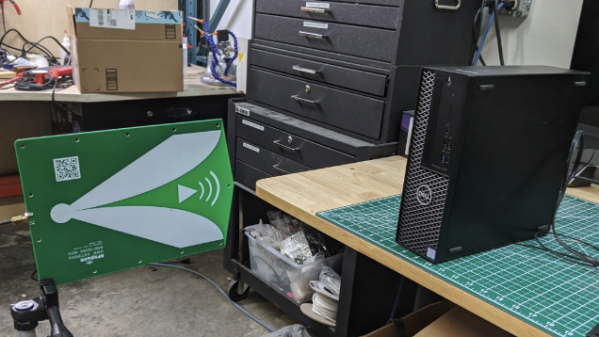Over the past few months there has been a battle waging in the world of domain names; the overseeing body ICANN had hatched a plan to transfer the entire .org registry to a private company, to significant opposition from .org domain holders, concerned citizens, and the Electronic Frontier Foundation. Part of the process before the deadline for handover on the 4th of May was a due dilligence process during which the ICANN board would review submissions related to the deal, and after completing that task the board have witheld their consent for it to go ahead. As you might expect the EFF are declaring a victory, but they also make the point that one of the reasons the ICANN board rejected the deal was a potential risk of a debt liability for the organisation.
It’s tempting to frame this as a rare victory for the Little Guy in the face of The Man, but the reality is probably more nuanced. When the deal was hatched the world had not yet come to terms with the COVID-19 pandemic, meaning that the thought of a post-virus economic slump would not yet have been on their minds. It’s thus not unexpected that the ICANN board would think about the financial aspects of it as well as the many objections, because in a time of economic pain the possibility of it going sour would be significantly increased. The future of the .org and other registries should remain a concern to internet users, because after all, this is not the first time such a thing has happened.


















